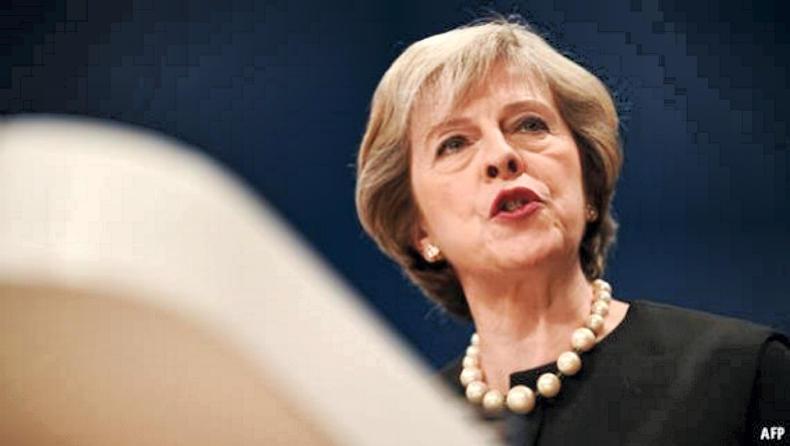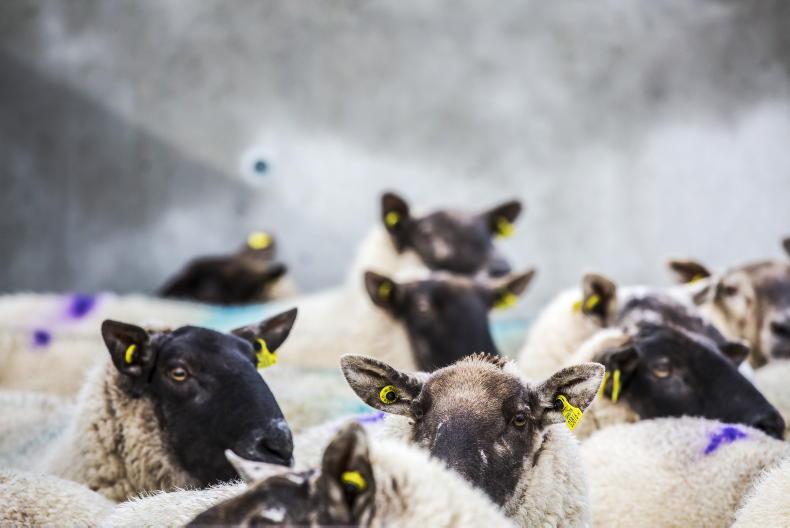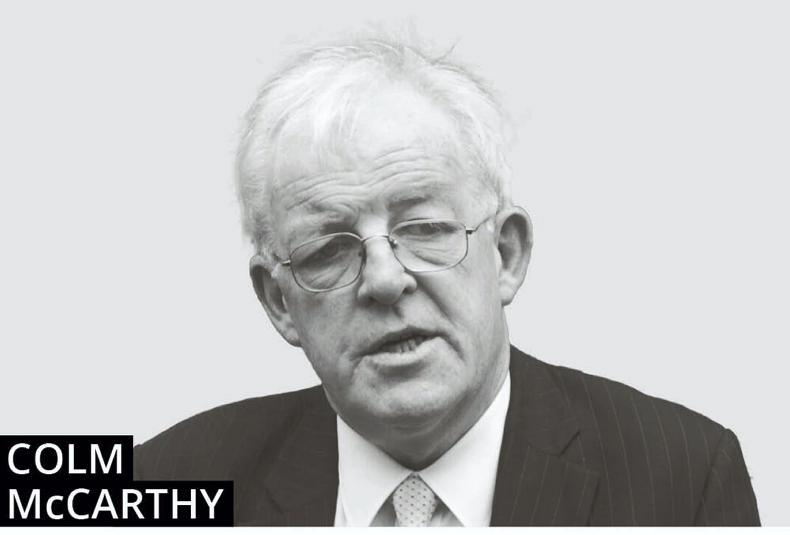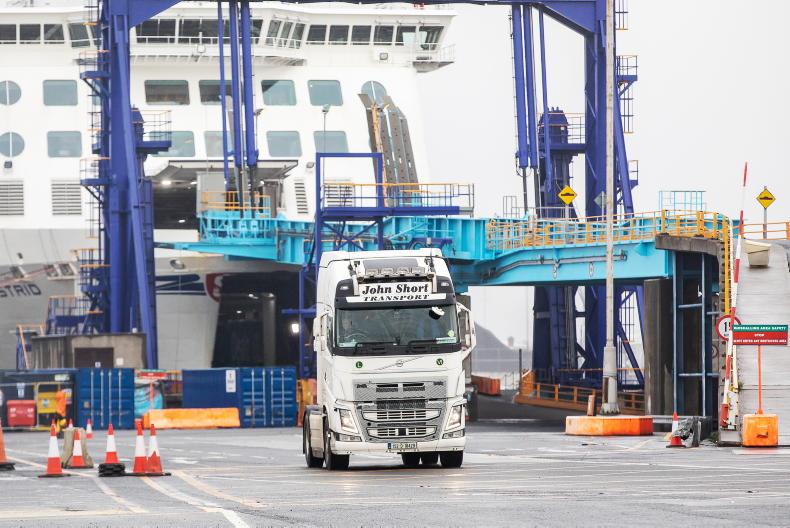Agriculture may not have been forefront of Theresa May’s mind when she announced the snap election on Tuesday morning but it is a chance for farmers to find out definitively what is on offer for agriculture post-Brexit.
It will be the government elected on 8 June that will create the first post-CAP farm policy for farmers in the UK.
So far, there has been little clarity from politicians of what shape this might take, beyond general comment around environmental support and no dropping of standards.
Quite how this would fit with doing Free Trade Agreements (FTA) with the US, Brazil, Australia and others, as per previous comments by the prime minister, is something that can now be properly and fully explored in the context of a party manifesto and some greater clarity sought by farm organisations.
The issue of a new farm support system to replace CAP is one area where farmers can demand specifics, more so than in future trade negotiations.
For example, will there be a UK-wide policy applicable to all the regions or will each region be given a pot of money and allowed formulate their own policy?
This would bring its own complications although the implementation of CAP did vary across the regions.
Budget
Even more significantly, what will the budget be and how will it be allocated?
General central government allocation of funding in the UK is determined by as system known as the Barnet formula. If this was to be extended to a future agriculture policy, it would mean that Northern Ireland and Scotland would get proportionately less than they did under CAP, while England and Wales would get more.
It is also possible that the general election could effectively reverse the Brexit referendum by voting for pro-remain candidates.
However, this is theoretical because not only is there no overall change in mood in the UK, the best chance for a policy reversal would previously have been the replacement of the current conservative government by Labour.
The thinking is that the Conservative party will be returned with an increased majority, so we can probably forget a dilution of Brexit
Not only does Labour have serious difficulties with an extremely unpopular leader, it also has to face the reality that it was its electorate in the working class industrial areas in the north of England that was particularly strong in voting to leave.
The only pro-EU party in every constituency in England and Wales is the Liberal Democrats and they were decimated at the last election, with little evidence of recovery.
The general political thinking is that the Prime Minister’s Conservative party will be returned with an increased majority, so we can probably forget a dilution of Brexit.
Irish interest
Like the referendum itself, Irish farmers have no vote but plenty of interest in the outcome. Ideally for them, it would be a vote for pro-EU parties which would either reverse the Brexit decision or at least have a minimised version.
With that unlikely to happen, it is a case of continuing to prepare for Brexit impacting severely on trade with our main partner for agricultural products.
The campaign and manifestos may bring some clarity on what red line issues would be in trade discussions, though the farming vote may be considered too small for the main national parties to dedicate too much effort in detail and specifics.
This is where the farm organisations in the UK have to be forceful and effective in obtaining this clarity. It would give some certainty to their members as well as their Irish counterparts who will be very interested observers.
Northern Ireland
From a Northern Ireland perspective, there was the belief that while the Conservatives had a small majority in Westminster, the local MPs could exert some influence.
However, of the 18 MPs, Sinn Féin don’t take their seats while the three SDLP MPs take the Labour whip. That leaves the DUP who had the largest bloc of eight MPs, along with two Ulster Unionists, parties with a particular interest in agriculture, with strong leverage while the Government has a small majority. This would be diminished if the Conservatives were to increase their majority.
Scotland
The last election in Scotland saw the Scottish National Party win 56 of the 59 seats, with one apiece for the Tories, Lib Dems and Labour.
The Conservatives will hope to emulate their strong showing at last year’s Holyrood election, through galvanising the Unionist vote.
The Lib Dems will hope to recover from near annihilation by capitalising on their stance of being pro-UK and pro-EU, the position most Scots voted for in the last two referendums. Meanwhile, Labour, under unpopular leader Jeromy Corbyn, is continuing to flounder in the polls, with many of its voters pro-independence who believe SNP is a safer bet to fight the Tories.
Farming policy may be used as a political football to demonstrate the level of autonomy Scotland can have within a United Kingdom.
However, the Conservatives do not need any MPs in Scotland to win the election and may be more minded to offer a coherent agricultural framework for the UK which Holyrood must work under.
However, farming represents a relatively small part of the economy so political focus may be elsewhere. It could all boil down to a warm-up for the independence referendum, with the simple choice of SNP v the Conservatives.









SHARING OPTIONS